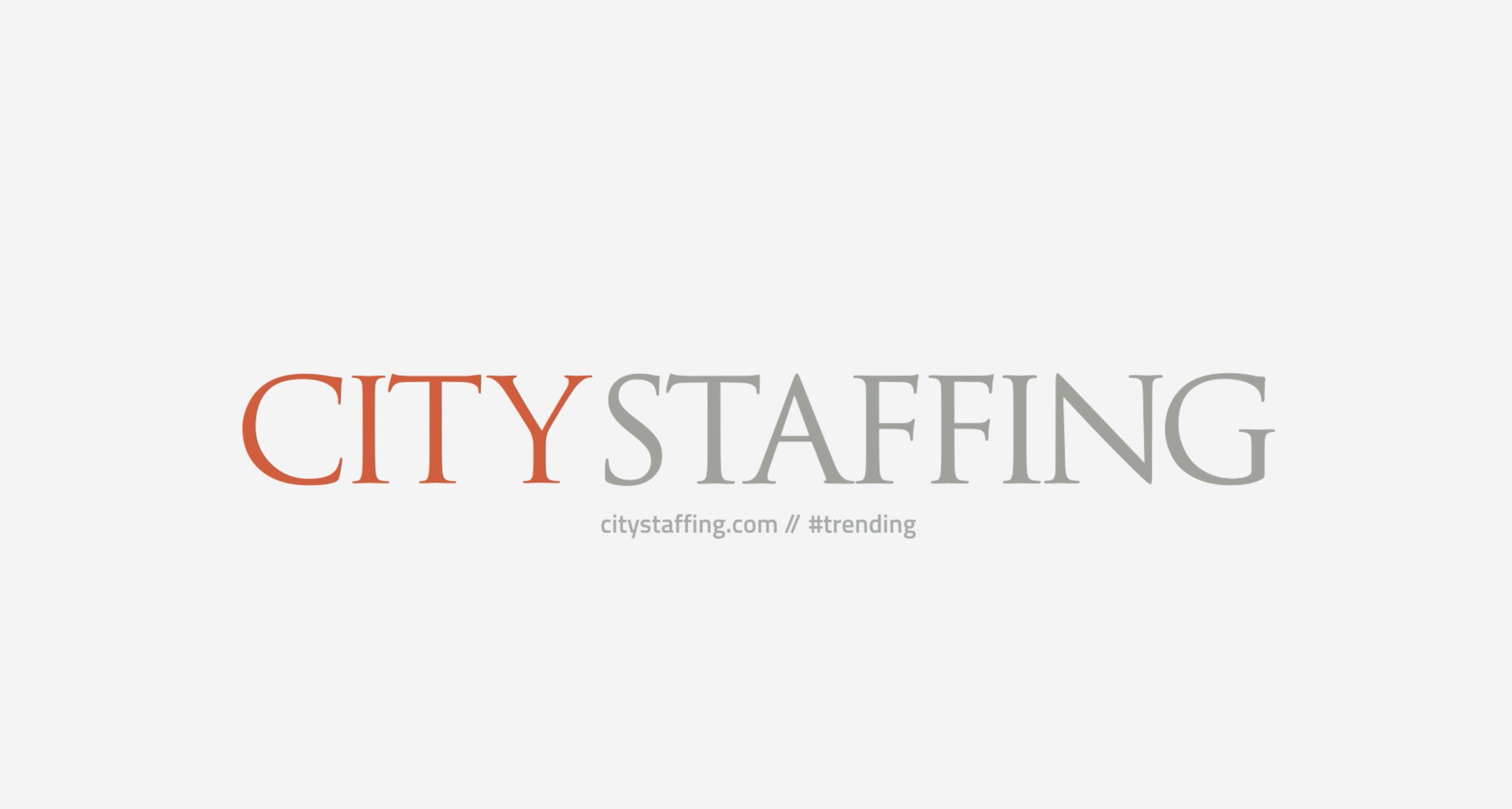
“As we talk about deep space exploration, that is a point where we get into high amounts of cosmic radiation and it's an environment that will kill us,” Reynolds said. The challenge recently awarded six winning startups (three were local to Southern California) a $100,000 investment from pharmaceutical company Boryung, support for on-orbit experimentation by Axiom, a Houston-based company making private space stations, and acceptance into Starburst’s 13-week accelerator program. “The truth is, there is little that is more complex than space, and biology, and these are not things that have fast development times,” said Elizabeth Reynolds, a biologist and director of the Starburst Aerospace Care in Space Challenge. And while it may seem like a far-away pipe dream, they’ll be the first to tell you that having startups begin to develop health care products for space-related exploration is key to ensuring there aren’t mass casualties. There’s a handful of startups that are focused on developing technology to make it easier to monitor human health in space.

And, like any mission to space, nearly every variable has to be considered before launch to ensure the people undertaking these journeys are as healthy as possible. But there’s also more to come Virgin Galactic is planning more space tourism trips next year and beyond that, longer-term missions like Elon Musk’s pet project to colonize Mars could come with some serious health risks. So far, flights to low Earth orbit are relatively stable, and thankfully no one has perished on a trip yet. CTR says the process, when done correctly, could have “near-zero” carbon emissions. The brine is pumped to the surface and then purified to extract lithium-containing salts. Instead of traditional open-pit mining or evaporation ponds, CTR extracts lithium from geothermal brine-extremely hot, salty water located in abundance underneath the Imperial Valley’s Salton Sea. That would give the battery maker an advantage at a time when lithium prices have climbed due to a global supply chain squeeze exacerbated by Russia’s invasion of Ukraine, as well as growing demand for electric vehicles-and, in turn, lithium-ion batteries to power EVs. “Today, we face a significant shortage in the amount of lithium that is required to meet the demand for electric vehicles.”Ĭarlstrom added that Statevolt’s partnership with CTR is “pioneering a new, hyper-local business model,” which said “will offer Statevolt a significant advantage in producing lithium-ion batteries at scale.” CTR will supply the gigafactory’s lithium from its nearby Hell’s Kitchen Lithium and Power development, which is slated for completion in 2023.

to meet its goals to transition to net zero ,” Carlstrom said in a statement. “The development of lithium-ion batteries is crucial for the U.S. Statevolt is still “undertaking due diligence” on the exact location of the facility, which should be “one of the largest” battery factories in North America upon completion, it said.

Italvolt CEO Lars Carlstrom said he’s formed a new company, Statevolt, that will build the 54-gigawatt-hours (GWh) facility with the help of Controlled Thermal Resources (CTR), a California-based lithium extraction company that will supply the factory’s lithium and geothermal power. The founder and CEO of Italian battery manufacturer Italvolt announced plans today for a new $4 billion gigafactory in Southern California’s Imperial Valley that should produce enough batteries to supply 650,000 electric vehicles annually.


 0 kommentar(er)
0 kommentar(er)
